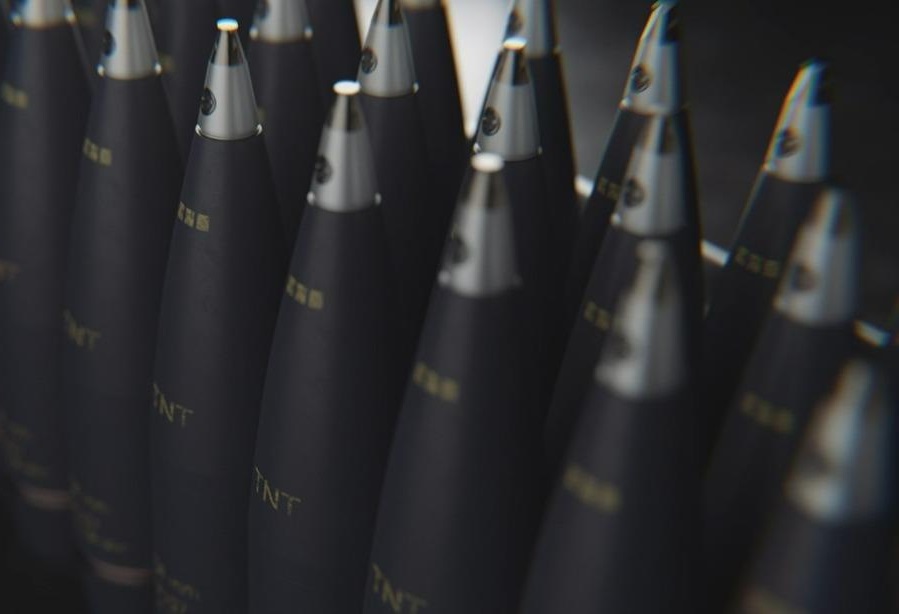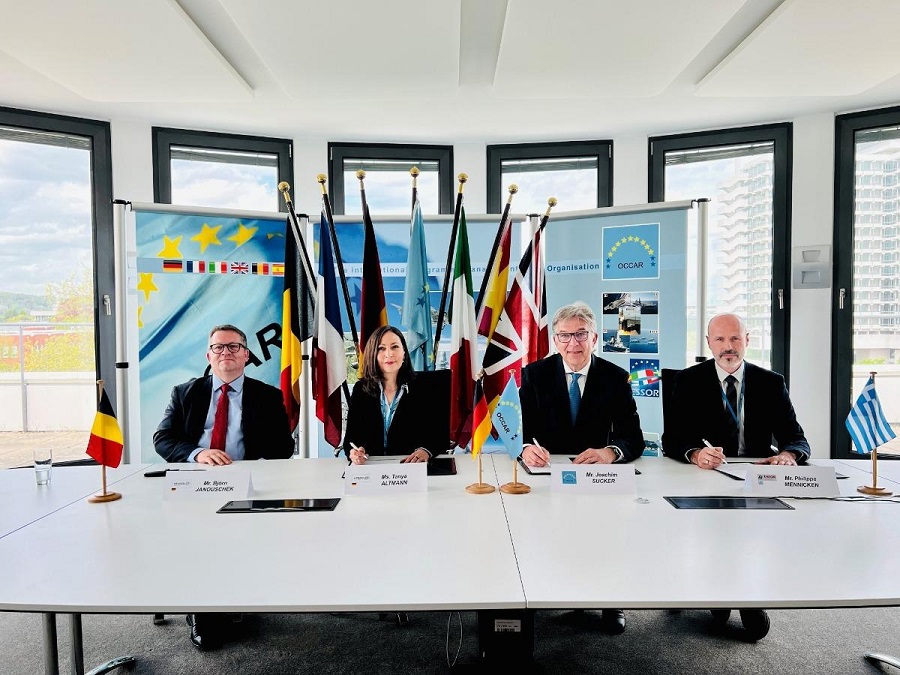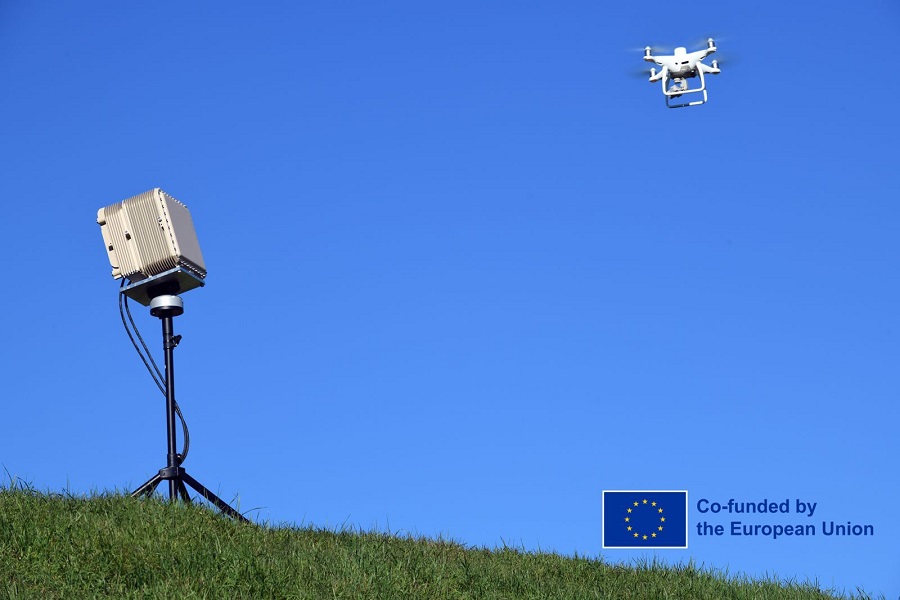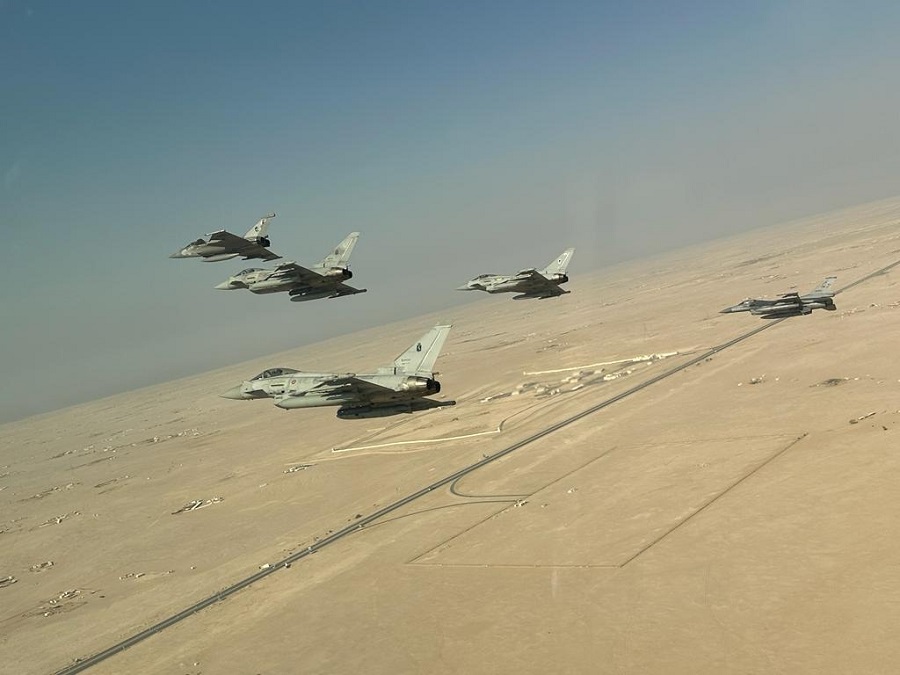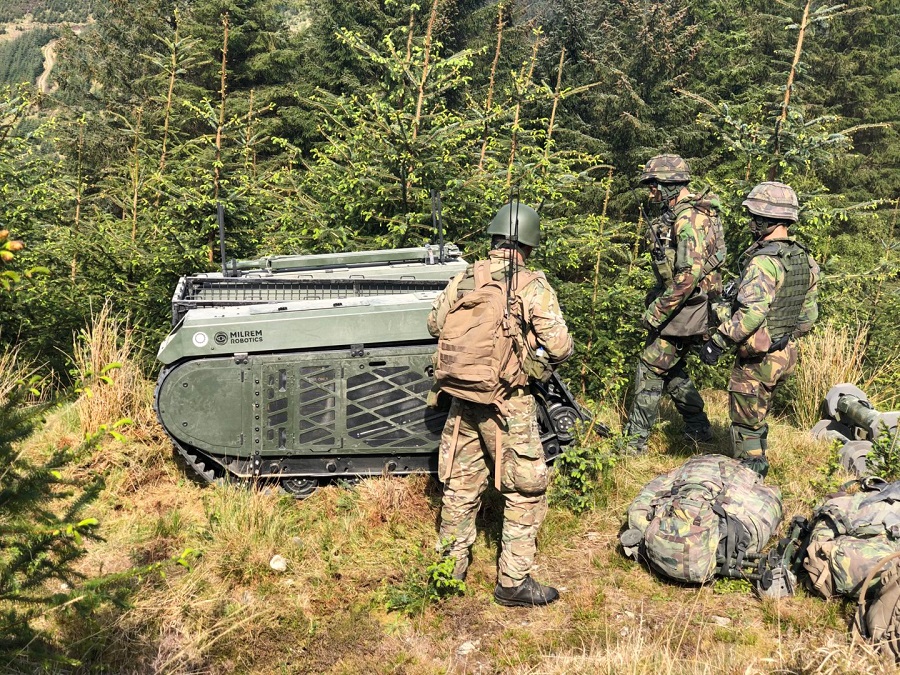The discussion was divided into four main work strands that will follow the structure of the new Action Plan:
- Multi–modal corridors: the EU has identified the main military transport routes, which largely correspond with the civilian corridors of the Trans–European Transport Network. The EU is accelerating the funding for the dual–use transport infrastructure projects along this network, but what further steps are required to ensure a well–functioning “hub–and–spoke”–network? How do we connect the different transport nodes and logistical hubs? What roles should the Member States and EU play therein, respectively? Moreover, how should we structure our approach to gain a better understanding of the actual bottlenecks and infrastructural gaps on the ground, which would help get an overview of the needs and could contribute to prioritisation?
- Regulatory prerequisites: the EU has made important steps forward, e.g. in relation to customs, dangerous goods and cross border movement permissions, but what are the remaining issues we need to address? How can we further facilitate relevant measures within the Member States, in a coherent way, to reduce administrative timelines and harmonise processes? How can we link to the national plans called for as part of the military mobility pledge of June 2018 – and what are the possibilities for setting more ambitious goals when reviewing this pledge? How can we ensure that various efforts to digitalise processes are coherent and compatible, across EU and NATO?
- Preparedness and resilience: we are increasingly aware of how hostile actors could cause disruptions of military deployments and transports including by targeting the civilian infrastructure and capabilities on which the armed forces rely. What concrete steps could be envisaged to review and promote the resilience of the logistical infrastructure and capabilities used for military mobility from a hybrid threats perspective? And how do we ensure that the Member States have mobile, deployable and sustainable armed forces, for which sufficient strategic lift capabilities are indispensable? What are the gaps we need to address and what new areas of cooperation could be explored? Finally, what is the potential for technological innovations to help speed up military movements and how to factor in the green transition that will increasingly also transform the defence sector?
- Partnerships: dialogue and cooperation between EU and NATO remains an integral pillar of the Union’s work on military mobility, which benefits both Member States and Allies. But how can we further develop our partnerships with NATO in general and the US, Canada and Norway in particular, given their participation in the PESCO project? And how can we improve our connectivity to key neighbouring partners such as Ukraine?
Key findings
The importance of closer EU–NATO cooperation was highlighted throughout the discussion. The experts suggested that the structured dialogue between both organisations should focus on creating more coherence between the EU and NATO in a concrete manner. Both actors should establish a shared understanding of the terminology, i.e. by using more military terms such as “lines of communications” instead of “multi–modal corridors”, which derives from NATO jargon. More clarity on the overall point of reference for joint actions is also crucial.
To create a more efficient approach, the question of prioritisation within the network needs to be addressed, as not all corridors can be tended to at the same time. In this context, the EU should take on the role of facilitator, and organise more military exercises ranging from small to large–scale exercises. Furthermore, it should develop a (table–top) exercise to test the hubs–and spoke network to help develop a common understanding of where the needs are. To this end, a whole–of–government approach is needed but given the limited competences of the EU in defence policy, it is unclear how the former should and could contribute at this stage, since it is mainly the responsibility of the EU Member States.
When it comes to increasing resilience of Military Mobility networks, there needs to be stronger cooperation between the civilian and military sector. The European Commission could serve as a coordinator and facilitator between actors. To increase preparedness, it is important to strengthen the resilience of infrastructure, especially when it comes to cyber. To achieve this, it is important to draw lessons from recent and ongoing conflicts, such as the war in Ukraine. Another important angle is climate–resilience, in view of extreme weather events that have impacted the seamless movement of armed forces in the past, and establishing how these trends may evolve in the future.
Efforts to reduce the logistical footprint (size of the logistical support, such as (re)–supply, maintenance, etc. that Member States require to move material to the point of debarkation) should be reflected in the new Action Plan or in the context of a new PESCO project. To facilitate this, the EU should conduct a more thorough analysis of the footprint in a CSDP context, leading to concrete recommendations on ways to reduce it. An example would be the inspection, maintenance, and certification of military equipment, such as containers or ammunition, which could be done in a collaborative manner either at the site or in logistical hubs. This would reduce the logistical footprint and free up capacities and resources, and make logistical operations more efficient and faster.
Finally, the locations of logistical hubs need to correspond better to the actual strategic needs, e.g. through establishing requirements in close coordination with the PESCO Loghubs project as well as the PESCO project on Military Mobility.



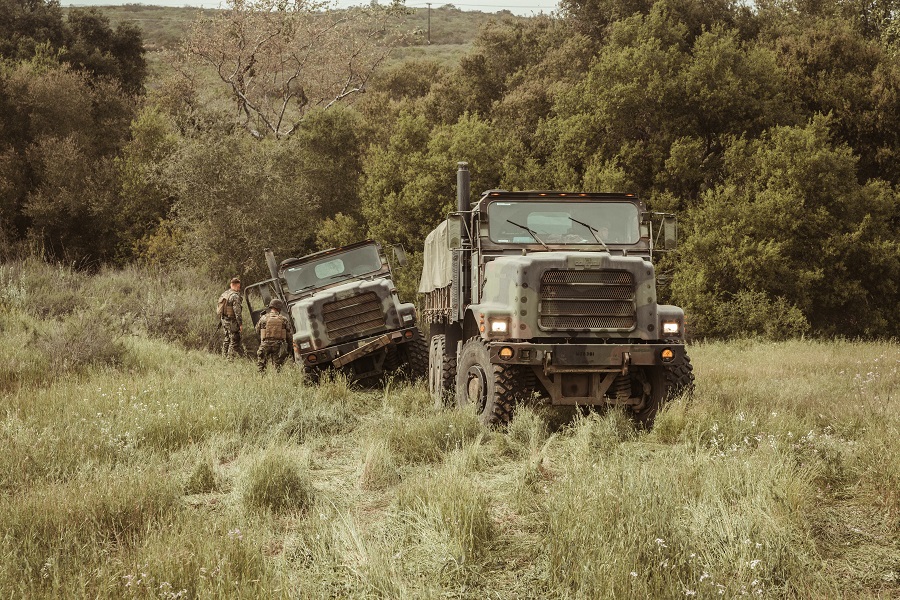



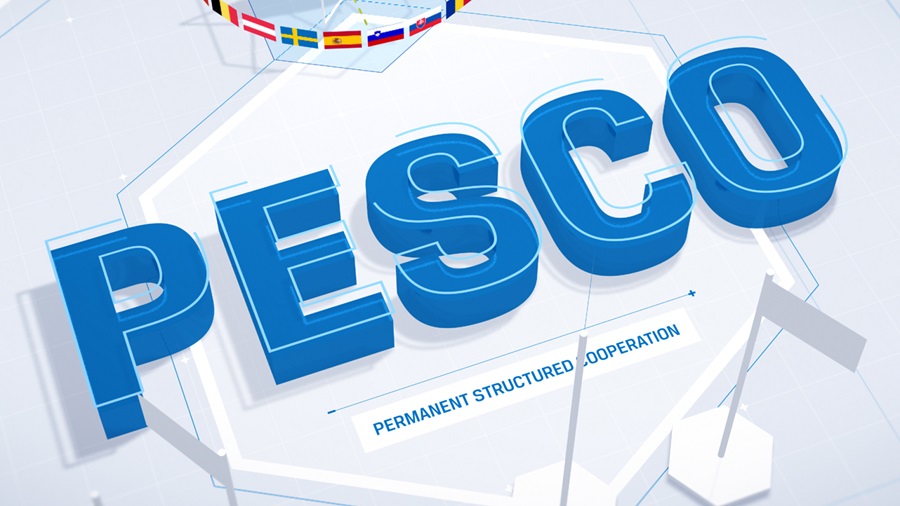
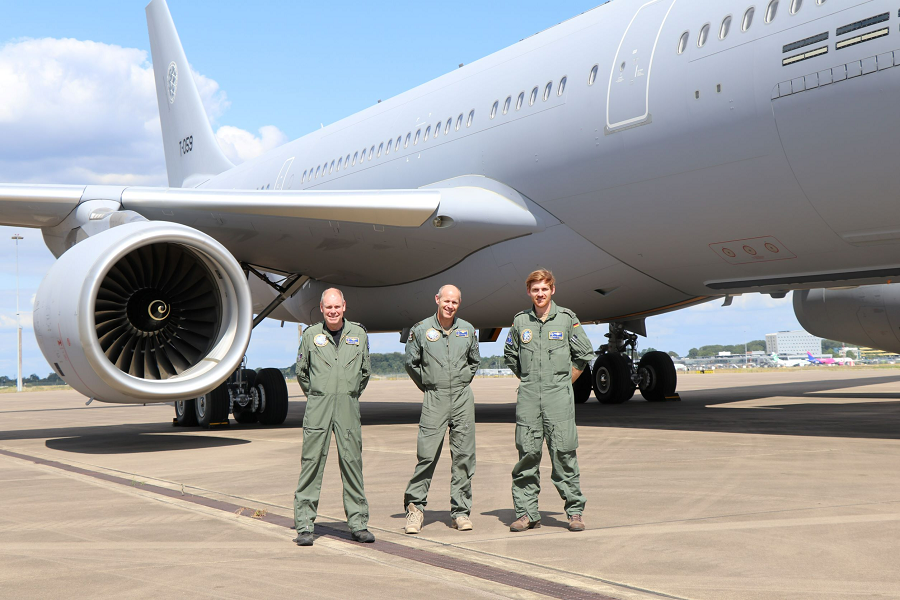

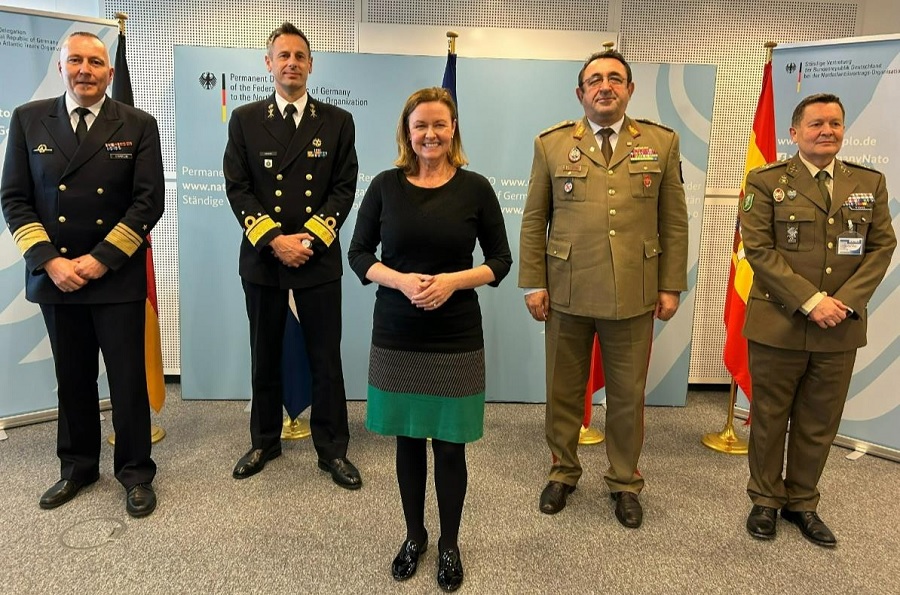
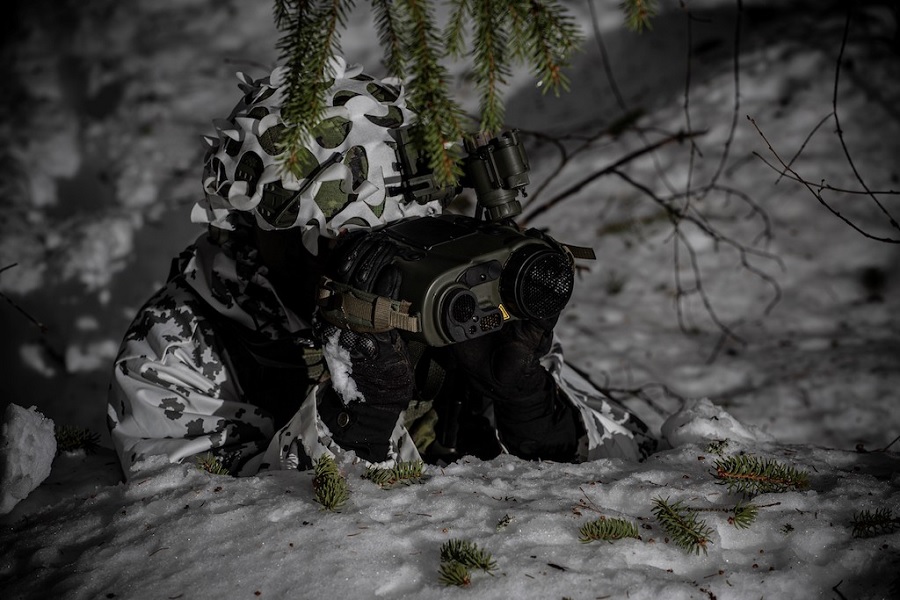

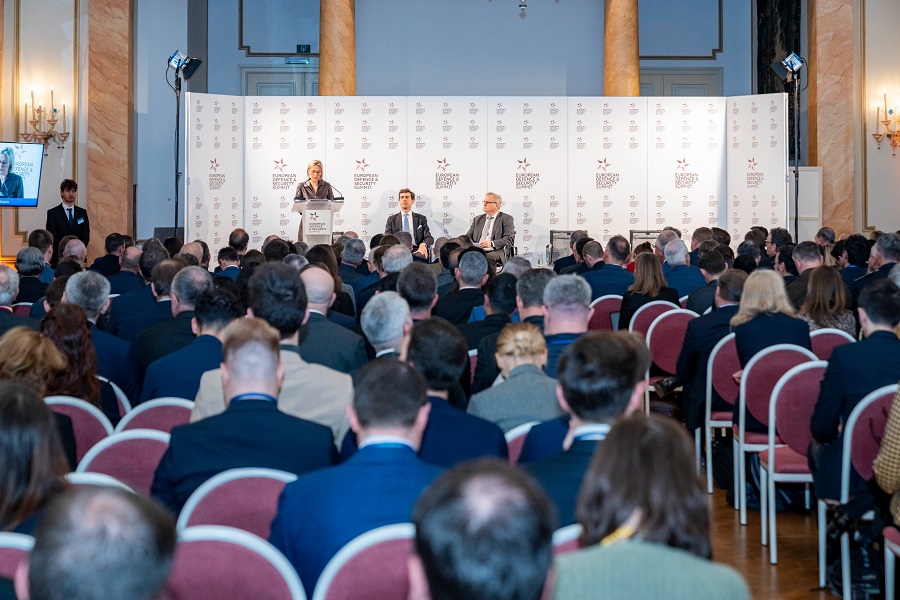

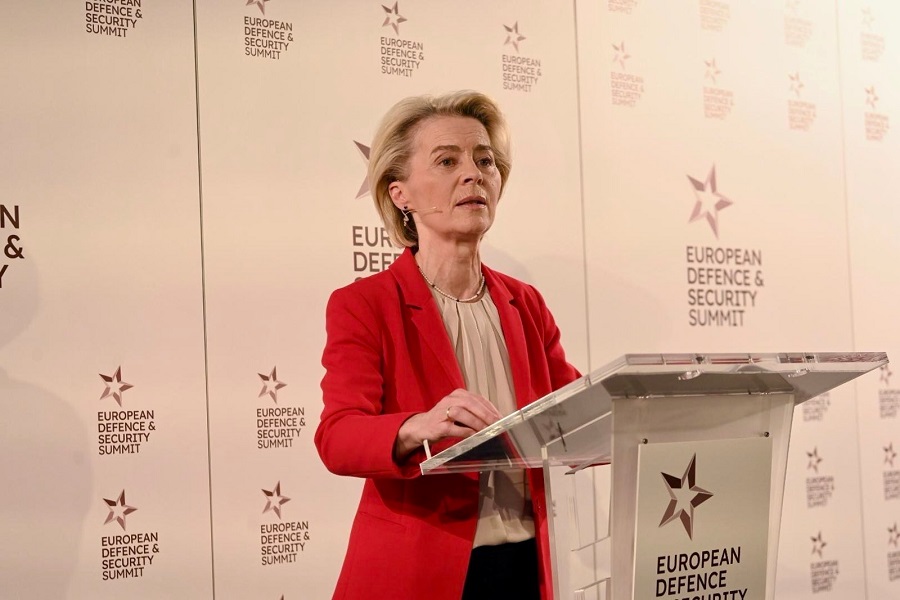


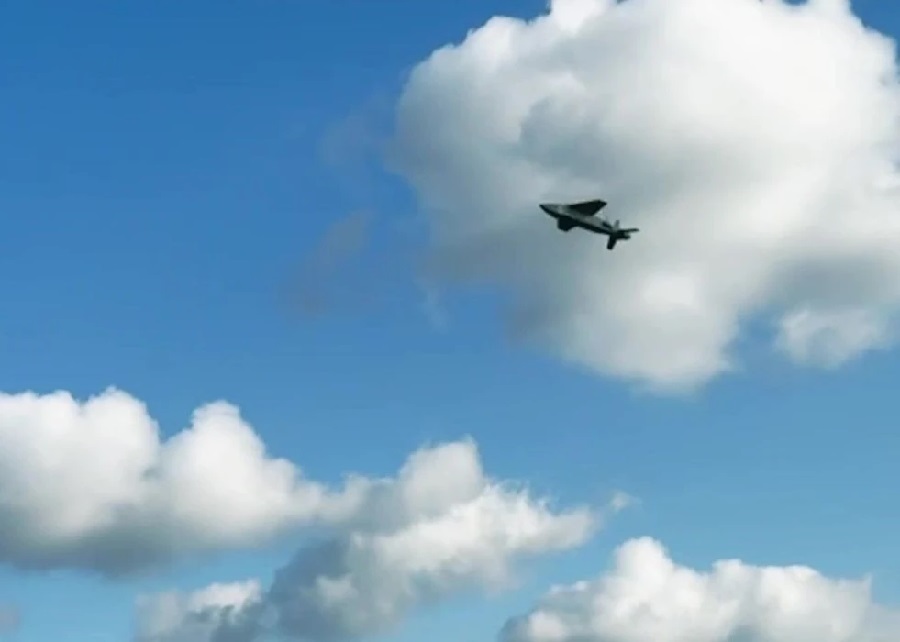
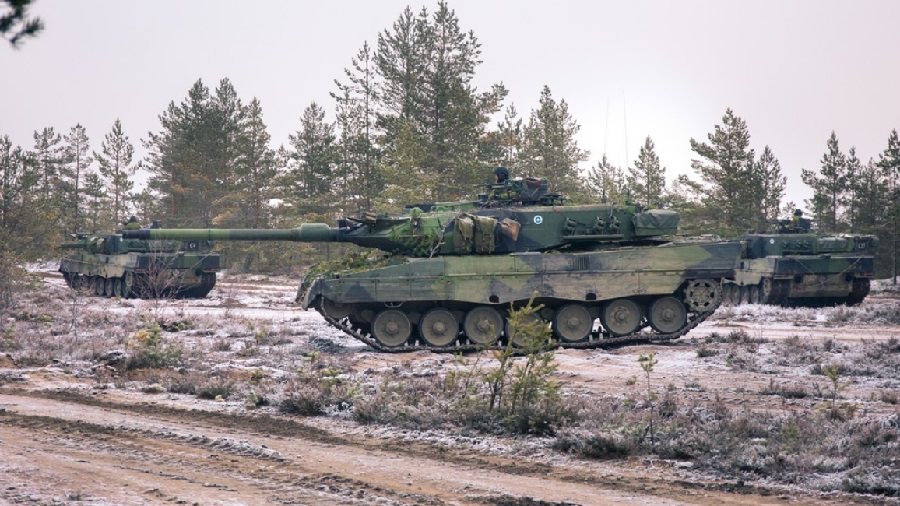


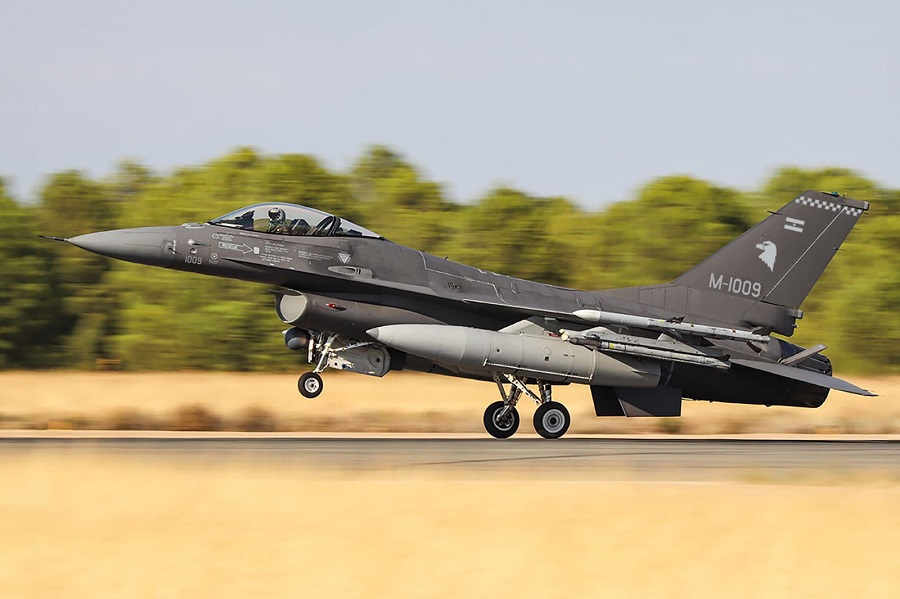
![Adapting EU defence system: the French nuclear option [LONG READ]](https://defence-industry.eu/wp-content/uploads/2023/01/National-Strategic-Review_Macrons-next-grand-defence-strategy-for-2030.jpg)
